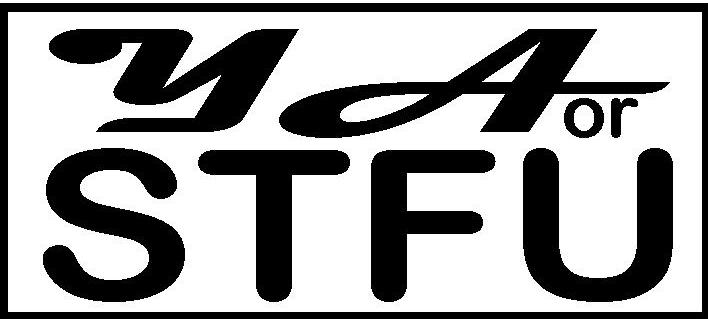Young Adult Literature without Apology
Amy's assessment of contemporary young adult literature, organized by author and title, censored by noone.
Realistic | Romance | Science Fiction | Historical Fiction | Fantasy | Horror | Mystery
Limb, Sue (2006). Girl, 17: Pants on Fire. NY: Delacorte. ISBN: 038573218X.
This is the third book in Limb's series about the British high schooler Jess who, in concert with her boyfriend Fred and her best friend Flora, wants to become a comedy writer. This comedic spirit is evident in the third-person narrative which is full of quippy exchanges and descriptions of Jess's activities, all of which tend to snowball towards the outrageous. The obvious comparison is to Rennison's "Angus, Thongs. . ." series; however, I think Limb's books about Jess bear closer topical resemblance to Naylor's "Alice" series of books. While the British setting and the quirky and sometimes hyperbolic humor could be construed as Rennison-esque, the novels' primary focus are on Jess's maturing relationships with her divorced parents (she found out her father was gay in the second novel, Girl, Nearly 16: Absolute Torture) and the negotiation of her first romantic relationship with Fred. In the first chapter of this installment, Fred and Jess argue about "going public" at school with their relationship and throughout the novel, Jess struggles with the familiar and frantic questions that accompany a couple's first real row: "Are we broken up or not?" "Who's going to be the first to apologize?" "Do we even need to do some sort of dramatic reconciliation?" The arrival of a new teacher who seems to hate Jess on first sight complicates her school life further.
This lastest novel in what has become a series is just as good as the first two. So far, Limb hasn't fallen into the Rennison trap of thinning out a single episode to book-length in what seems to be an attempt to lengthen a popular series. Unlike the latest "Angus, Thongs. . ." novels, Limb's three books have so-far seemed able to stand on their own and have included central and secondary plot-lines that read less as episodic installments and more as complete narratives.
